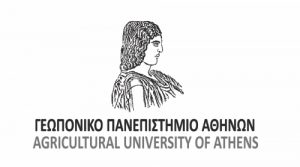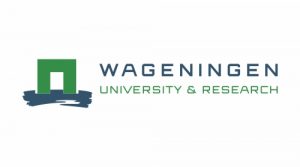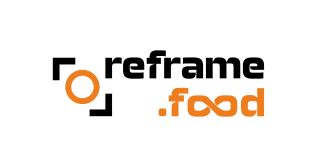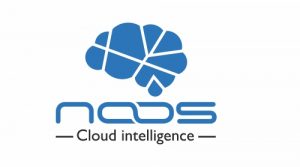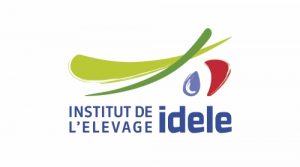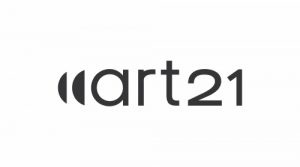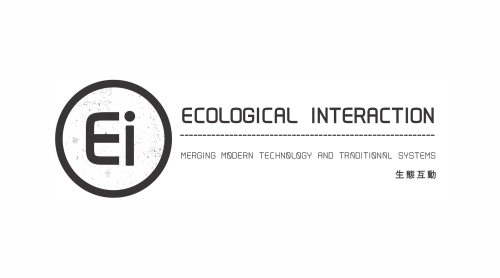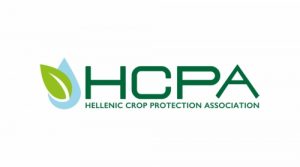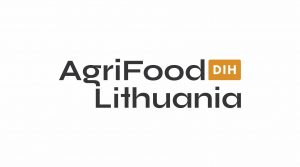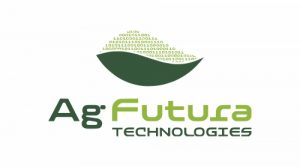Site-specific
decision-making: the use of pesticide treatments prescription maps allows farmers/technicians to make informed, precise and objective decisions
Resource
optimization/savings: by optimizing pesticide treatments and reducing agrochemical inputs, farmers can minimize environmental impacts, preserve biodiversity and saving costs
Improved
yield and quality: giving to the different zone of the vineyard only what is really needed in terms of agrochemicals drives to healthier vines conditions and higher quality grapes with less residues
Historical
analysis and strategy planning: the vineyard digital twin allow farmers/technicians to analyze historical data, identify trends, and plan future strategies for improved vineyard management.
AgroTwin by Agrobit
The AGROTWIN project aims to exploit 3D point clouds (big data) generated by consumer-grade RGB drones to develop a Decision Support System (DSS) based on innovative AI computer vision algorithms, that automatically analyze vineyards digital twin and assess for canopy biometrics and field parameters, to create vigor and prescription maps for optimized variable rate pesticide treatments. The proposed DSS will help farmers to reach the EU Green Deal targets, that aim to reduce the use of pesticides by 50% by 2030, decreasing economic, social and environmental impacts in agriculture.



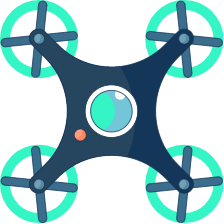
- DJI Phantom 3 Professional
- RGB camera

- OpenDroneMap open-source software.
- AI algorithms developed using Visual Studio Code

Outcomes
Drone surveys and data collection: we have performed several surveys with a consumer-grade drone on the test vineyard, acquiring datasets that include georeferenced RGB images acquired with various camera angles (i.e., nadir and 30°)
Development and validation of AI algorithms: we have successfully developed algorithms capable of automatically processing 3D point clouds of vineyards and accurately evaluate biometrics and biophysical parameters of vines/vineyard, including canopy thickness, height and volume, with respect to manual measurements (mean error less than 10%)
Creation of digital twins and test vines extraction: we generated detailed 3D point clouds of the test vineyard which served as the basis for AI algorithms analysis, i.e. for the extraction of 50 test vines per parcel (test and control)
Creation of application maps: by analysing the digital twin of the test vineyard, we were able to create vegetative vigor maps and prescription maps (and, optionally, also canopy thickness, height and volume maps), for the three phenological stages in which the three drone flights have been performed
Resource optimization and efficiency: we have achieved significant reductions (-35% on average with a peak of 41%) in the use of pesticides and more efficient use of water compared to the control parcel, treated with traditional fixed doses, aligning with the objective of reducing the use of pesticides and water and contributing to sustainability objectives
Historical analysis and strategic planning: thanks to the maps generated by the algorithms it was possible to generate historical data, useful for identifying field trends and for better planning long-term management strategies.
Challenges Faced
Scalability of the algorithms to different vineyards and field conditions (e.g., high presence of grass in the inter-row): to ensure strong reliability of the AI algorithms, one of the main challenges encountered was continuously refining the code to manage variations in crops and field conditions through the three phenological stages
Point cloud re-alignment: to correctly process the individual test vines selected in the field, it was necessary to re-align the 3D point clouds for each phenological stage in which the flight have been performed. This re-alignment is critical to ensure that the orthomosaic and 3D point cloud are perfectly aligned through the three phenological stages, allowing for accurate analysis and evaluation of vines parameters and vineyard maps.
Impact (Socio-economic & Environmental)
Increased Farming Productivity and Profitability: the adoption of precision farming and AI-driven decision support enhanced farming productivity can lead to increase yields/quality and improved economic outcomes for farmers.
- Cost Savings and Market Penetration: optimized pesticide treatments and resource use contribute to cost savings for farmers, enhancing economic viability and profitability in the agricultural sector as well as a higher market competitiveness.
- Job Creation and Skill Development: adoption of advanced technologies creates job opportunities and necessitates skill development, fostering economic growth and employment in areas related to data analysis, drone operations and AI.
- Sustainable Growth: the use of precision farming techniques for the reduction of the use of pesticides leads to a more sustainable farm management, that respond to national/international regulations, pesticide regulations, the EU Green Deal targets and the UN’s SDGs.


